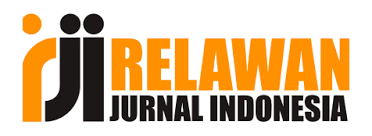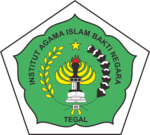Dinamika Kepribadian dalam Perspektif Sigmund Freud dan Psikologi Islami
DOI:
https://doi.org/10.62490/latahzan.v14i1.322Keywords:
Human, Personality, PsychologyAbstract
Humans are very complex creatures so that psychological scientists want to reveal the secrets that exist in humans, because each individual certainly has a different character. Personality is an understanding of behavior, thoughts, feelings, and parts of the soul that build human existence into a unity that is not separated in carrying out its functions. Therefore, personality is defined as understanding the I, the self, the self, or understanding the whole human being. In Islam, the term personality (syakhshiyah) is used to describe a person's behavior and try to assess its good and bad. Sigmund Freud concluded that the human self in forming his personality consists of 3 main components namely id, ego and superego. human personality according to Islamic psychology has three components, lust (Al-Nafs), reason (Al-Aql) and heart (Al-Qalb). Personality is actually a product of the interaction between the three components, it's just that there is one that dominates over the other components. The dynamics of human personality in the perspective of Islamic Psychology include: First, mutma'innah personality (serene principle). Second, lawwamah personality (awareness principle). Third, ammarah personality (pleasure principle). The typology of personality in Islam, which comes from the Qur'an and Sunnah, is divided into: First, the believer type. Second, the disbeliever type. Third, the hypocrite type.
Downloads
Published
How to Cite
Issue
Section
License
Copyright (c) 2023 Eni Rakhmawati

This work is licensed under a Creative Commons Attribution-ShareAlike 4.0 International License.
The copyright of the received article shall be assigned to the journal as the publisher of the journal. The intended copyright includes the right to publish the article in various forms (including reprints). The journal maintains the publishing rights to the published articles.
In line with the license, authors and any users (readers and other researchers) are allowed to share and adapt the material. In addition, the material must be given appropriate credit, provided with a link to the license, and indicated if changes were made. If authors remix, transform, or build upon the material, authors must distribute their contributions under the same license as the original.
















